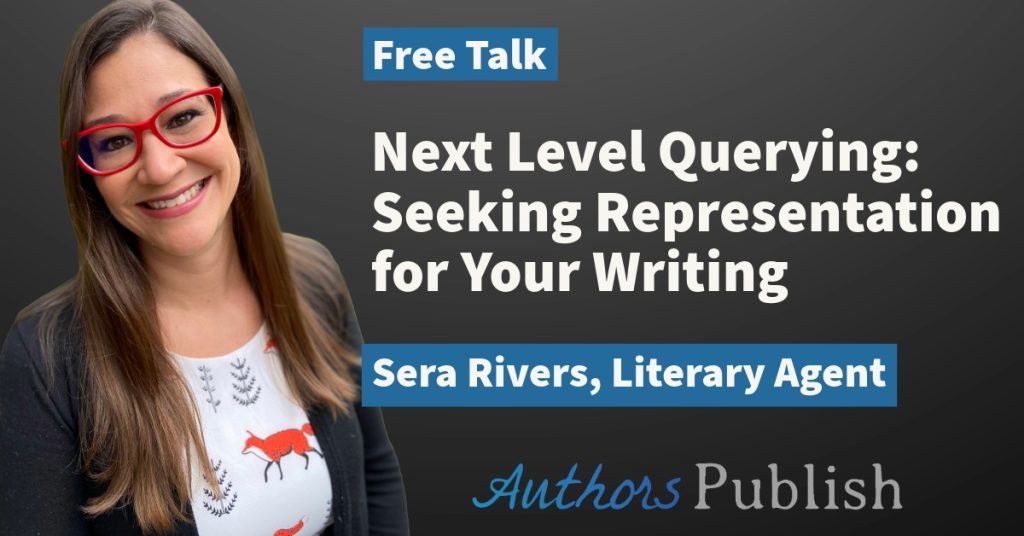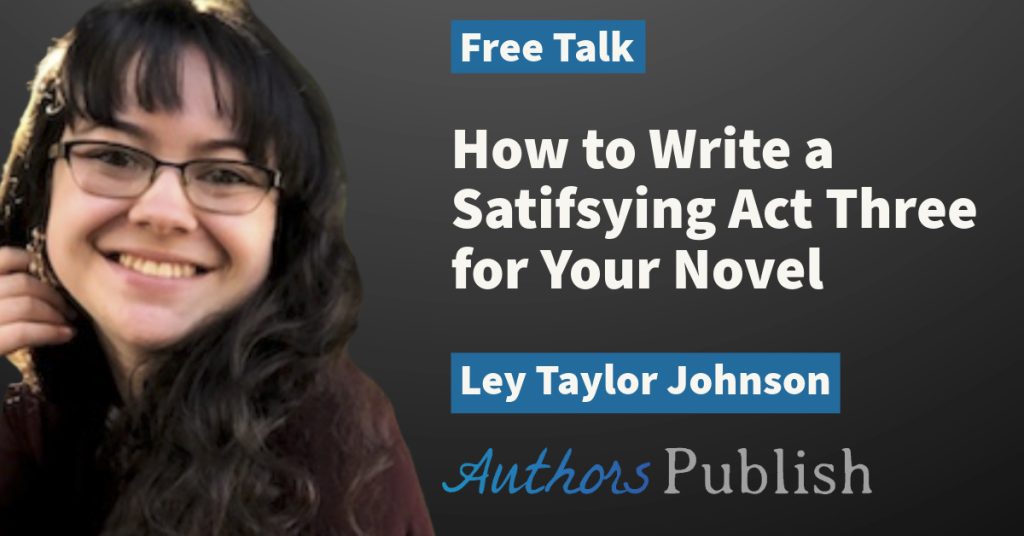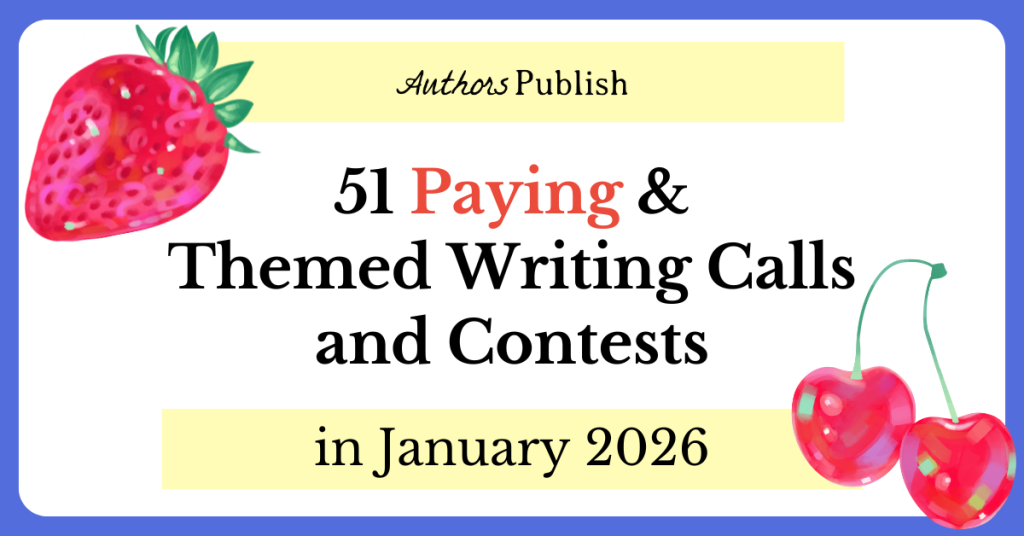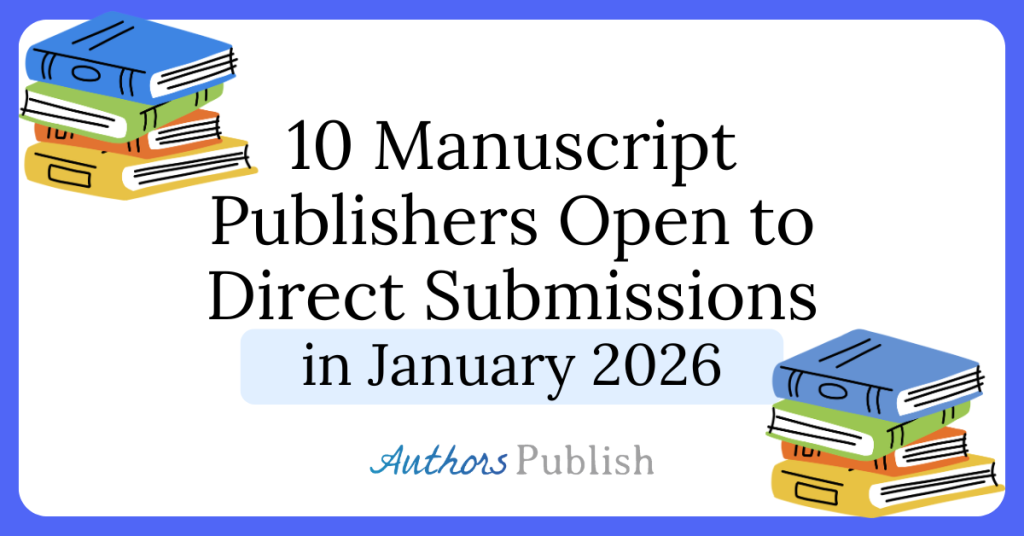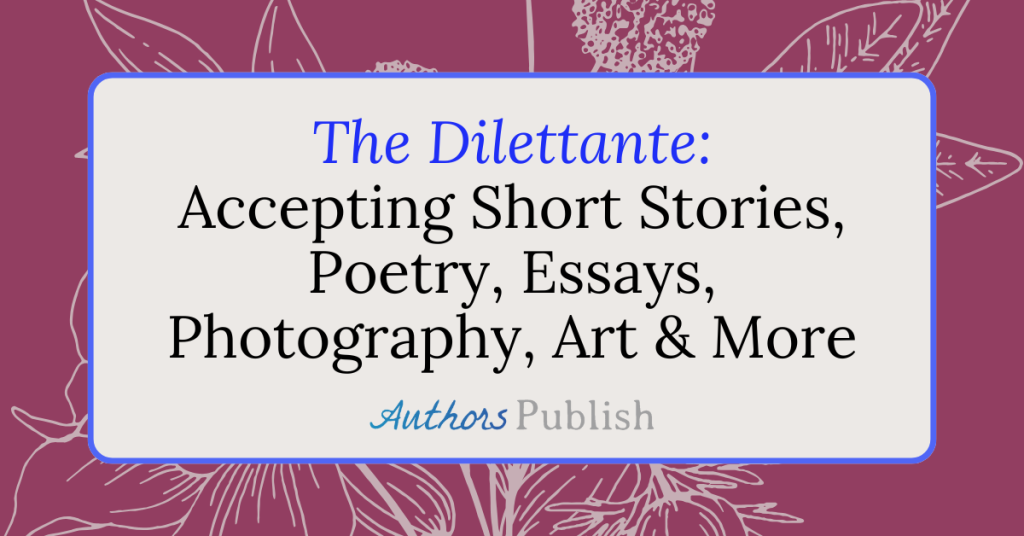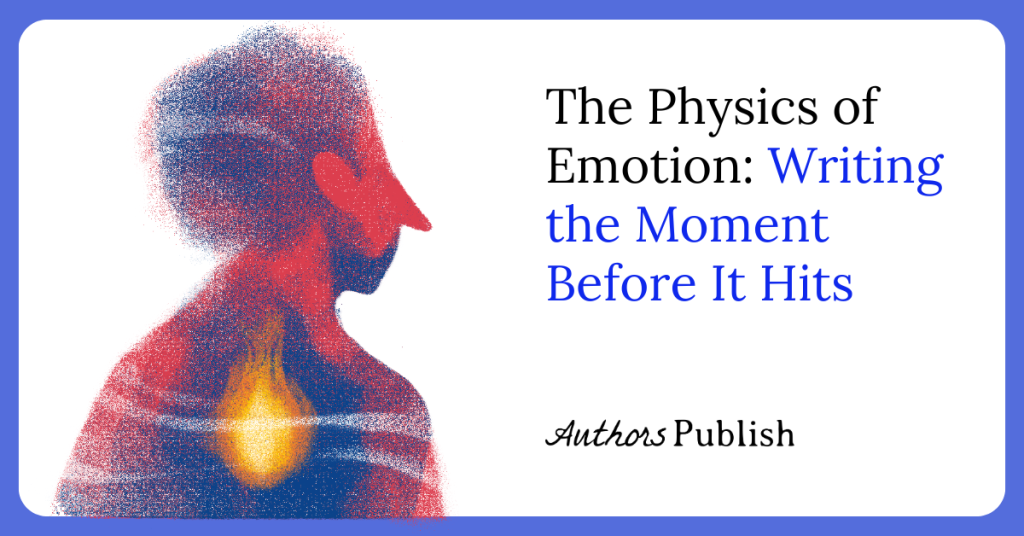By Sabyasachi Roy
There’s a weird little place where poems go when they get too talky, and where stories wander off when they forget to have plots. Welcome to the genre blur. Population: writers who mutter, “I don’t know what this is, but it feels right.” If you’ve ever stared at your own Word doc thinking, Is this a poem? A memoir? A philosophical rant with line breaks?—congratulations, you’re home.
Writing in the in-between is a lot like standing in a doorway wondering if you’re coming or going. And honestly, that’s kind of the charm. Hybrid forms—prose poems, flash essays, autofiction, lyric vignettes that sound suspiciously like your therapy journal—don’t follow the neat rules of “beginning, middle, end.” They’re the literary equivalent of someone showing up at a formal dinner wearing pajama pants and a sequined cape. Technically inappropriate. Utterly magnetic. Welcome to genre purgatory—we have snacks.
When the Brain Feels Like a Junk Drawer
The impulse to write hybrid work often comes from that very familiar, very human experience: feeling all over the damn place. Ever had a moment so emotionally scrambled you couldn’t think in full sentences, but also couldn’t stop thinking? That’s prose poetry. Or flash nonfiction. Or your Notes app entry from 2:43 AM that starts as a breakup monologue and ends with a metaphor about lettuce. (Real example. Don’t ask.)
Genres come with expectations. A short story is supposed to have structure. A poem is supposed to sing. A personal essay is supposed to hold your hand gently and whisper insight. But sometimes, what you’re trying to write just doesn’t want to wear those shoes. It wants to float. Or stutter. Or jump around like it’s on a caffeine drip. Hybrid forms give that kind of chaos a room of its own.
The Crafty Side of Genre Rebellion
The funny thing is, even when writing hybrid work, you’re still making a ton of conscious choices. It’s just that the decisions feel more like vibes than rules. Narrative arc? Sure, but maybe it loops like a Mobius strip. Lyric movement? Absolutely, but don’t expect the lines to behave.
You might find yourself obsessing over how one sentence spills into the next, or whether that sudden shift in tense makes the piece sing or just gives it indigestion. Sometimes, rearranging paragraphs in a hybrid piece feels less like editing and more like shuffling tarot cards: you’re trying to get the story to tell you what it wants to be.
Finding Your Voice Where Nobody’s Looking
Let me tell you, my most “me” voice showed up when I stopped trying to sound like a serious essayist and just let the writing get weird. The moment I allowed a piece to include a list of “Things I Could’ve Said But Didn’t Because I’m Petty,” I suddenly felt something click. Humor, vulnerability, a completely unmarketable format—it was all there. Editors might raise an eyebrow, but I was finally writing something that didn’t feel like a performance.
Some writers discover their voice not in genre, but in the refusal of genre. You stop trying to win the literary spelling bee and instead scribble something that feels honest—even if it’s shaped like a poem that got hit by a bus and reassembled itself with duct tape and ambition.
Editors Are Starting to Say “Yes” to the Weird Kids
Good news: literary journals are catching on. The genre police have been demoted to part-time volunteers, and submissions tagged as “hybrid,” “uncategorized,” or “please help me name this” are not only accepted—they’re sought after. Sure, there’s still the occasional journal that wants you to pick a lane, but increasingly, editors seem to be leaning back in their chairs and saying, “You know what? Let’s just see where this goes.”
Of course, submitting hybrid work means navigating form fields that ask whether it’s poetry or prose, and you’re like, “Yes.” My advice? Lie. Or explain. Or cry in the comments box. Either way, someone’s reading it who probably knows what you’re doing—even if you don’t.
Genre is Fake. Feelings Are Real.
In the end, writing between genres is less about being trendy and more about being truthful. Life rarely fits in a box. Why should your writing? Hybrid work mimics how memory actually works: fragmented, nonlinear, moodier than a raccoon in daylight. It lets you say what you mean without having to decide whether it’s art or confession.
So if your story has no plot but makes you cry, or your essay ends in a haiku about soup, you’re doing fine. Welcome to the blur. It’s confusing, liberating, often unreadable to your relatives—and probably the truest thing you’ve ever written.
Bio: Sabyasachi Roy is an academic writer, poet, artist, and photographer. His poetry has appeared in The Broken Spine, Stand, Poetry Salzburg Review, Dicey Brown, The Potomac, and more. He contributes craft essays to Authors Publish and has a cover image in Sanctuary Asia. His oil paintings have been published in The Hooghly Review. You can follow his writing on Substack here.

